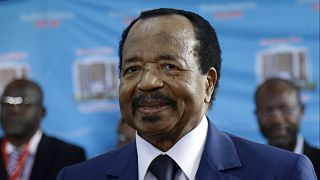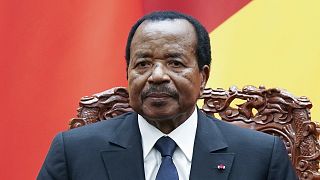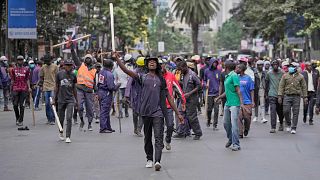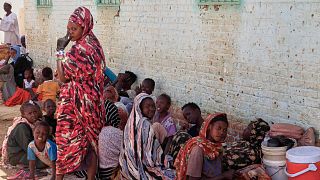Cameroon
Recently popular all over the world, the "African braid" hairstyle is used not only as a hairstyle but also as a social identity in Africa.
The hairstyle, which is made by adding synthetic hair to the hair or shaping the hair, differs from society to society in Africa.
Some varieties of African knitting, which may have recently attracted attention, sometimes reflect social status, sometimes symbolize the ethnic group to which they belong.
- "Each ethnic group in Africa has its own 'African weave' pattern"
Mipo Tchinkou Edith Flaure, President of the Association for the Promotion of Cameroon's Wealth, gives insight about the meanings and history of the "African braid".
Stating that the African braid is the oldest hairstyle in the world, Flaure says, "Each ethnic group in Africa has its own 'African braid' model."
Flaure explains that ethnic groups from the natives of Africa such as Wolofs, Fangs, Fulani, Mandingo, Masai, Oromo, Bantu, Yoruba, Hausa, Bamileke use an "African weave" model that reflects the geography they live in and their cultural richness.
Expressing that knitting patterns in Africa reflect social conditions such as marital status, age, wealth and rank, Flaure noted that knitting also differs according to activities such as funerals and weddings that the person attends on a daily basis.
- "The African braid was the communication method of slaves who were not allowed to talk to each other"
Emphasizing that slavery had a profound effect on African history and culture, "the African braid was the communication method of slaves who were not allowed to talk to each other."
The slaves drew mountains, hills, and crossing points in the region with a braid in their hair to show their friends' escape routes.
Underlining that Africa was going through a very tragic period of exploitation, cultural historians reckon that "slaves kept rice in the braided part of their hair and then ate that rice to avoid starvation."
"The hair of African slaves who were taken to America and Europe were cut completely without distinguishing between men and women. With the 'nappy' trend, which was introduced in the 2000s to encourage Africans to use their natural hair, the 'African braid' started to attract attention all over the world again. The movement was not just a fashion, it was also an expression of regaining their own identity.”













Go to video
Angélique Kidjo makes history as first black African artist on Hollywood Walk of Fame
02:18
Netherlands returns 119 artifacts looted from Nigeria
11:14
Rwanda Walks Away: what’s behind the Central Africa rift? [Business Africa]
02:20
In Brazil, knights and masked riders take to a football pitch for religious festival
02:20
"Autophagies": so much more than a culinary performance
00:57
Nigeria crisis: 20,000 flee Marte after militant attacks